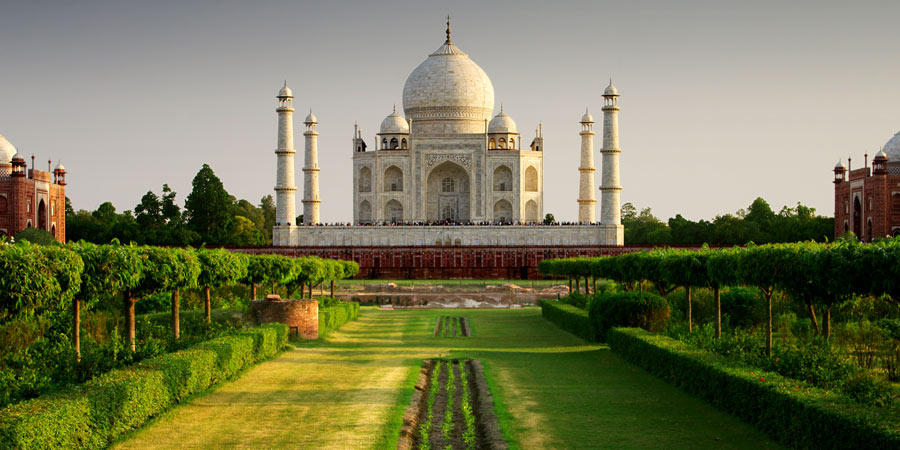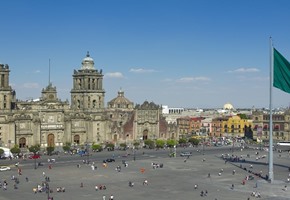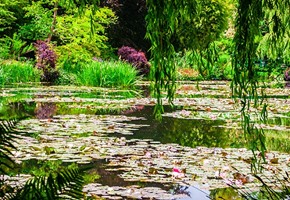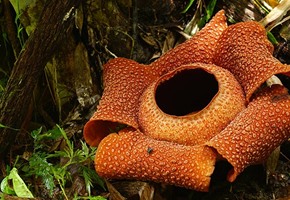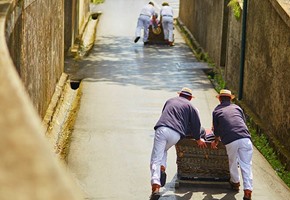We are celebrating the glorious colours of India in this series, with our beautiful India in Colour infographic. In this post we're drawn to the surprisingly chromatic shades of white, and the romantic history of the Taj Mahal, highlighting the beautiful hues you can expect to experience on a luxury train tour of India. Indian culture and tradition is inspired by the many shades of white. From conch shells and jasmine flowers, to moonlight and ash; these colours are connected to Indian traditions and faith. Associated with purity and funeral rites, white has a broader range of significance in India than it does in the west. Brides in India traditionally wear red, as white is associated with death, and can be considered an unlucky colour, foreshadowing an early widowing or end to the marriage.
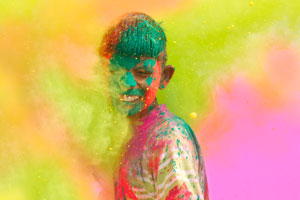
White is the base colour of holicelebrations. Holiis the world-famous spring festival that celebrates love, morality and religious devotion through colour. Based on a Hindu legend, wherein Prahlad is said to have escaped death and defeated his demonic sister Holika through an act of prayer, holi celebrations also act as a celebration of devotion and the protection of the gods to the faithful. During the festival, participants shower one another with brightly-coloured powder and dyed water, deliberately staining white clothing with vibrant colours.
White also has significance in other Indian religions, such as Islam and Buddhism. In Islam, simple white clothing is worn to signify purity and equality before god during the pilgrimage to the holy city of Mecca, and is known as 'ihram clothing.' In Buddhism, it is said that Buddha's mother dreamt of a white elephant before giving birth, symbolising his reincarnation, purity and intelligence.
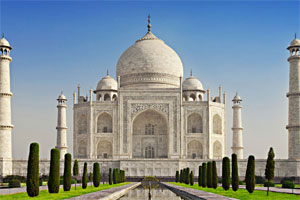
One of the most famous symbols of love in the world, the Taj Mahal was built by Emperor Shah Jahan in the 17th century in memory of his favourite wife, Mumtaz Mahal, who died giving birth to their fourteenth child. Set on the bank of the River Yamuna, the Taj Mahal is a beautiful mausoleum built in white marble, decorated with ornate carvings, Persian poetry and precious stones. As the light of the day changes, the Taj Mahal mimics the sky, glowing a stunning orange-red at dusk and dawn. Taking over 22 years to complete, the architecture combines Indian, Persian and Islamic influences into one grand building. Its construction required the labour of 20,000 workers and 1,000 elephants, and is set in a complex of delightful gardens. Built during one of India's most prosperous periods, the UNESCO-listed site cost around 32 million rupees, or an estimated current value of £529 million.
India is alive with colour and culture, which you can experience on our luxury train tours. Get a taste for the intensity of India through our India in Colour infographic.

